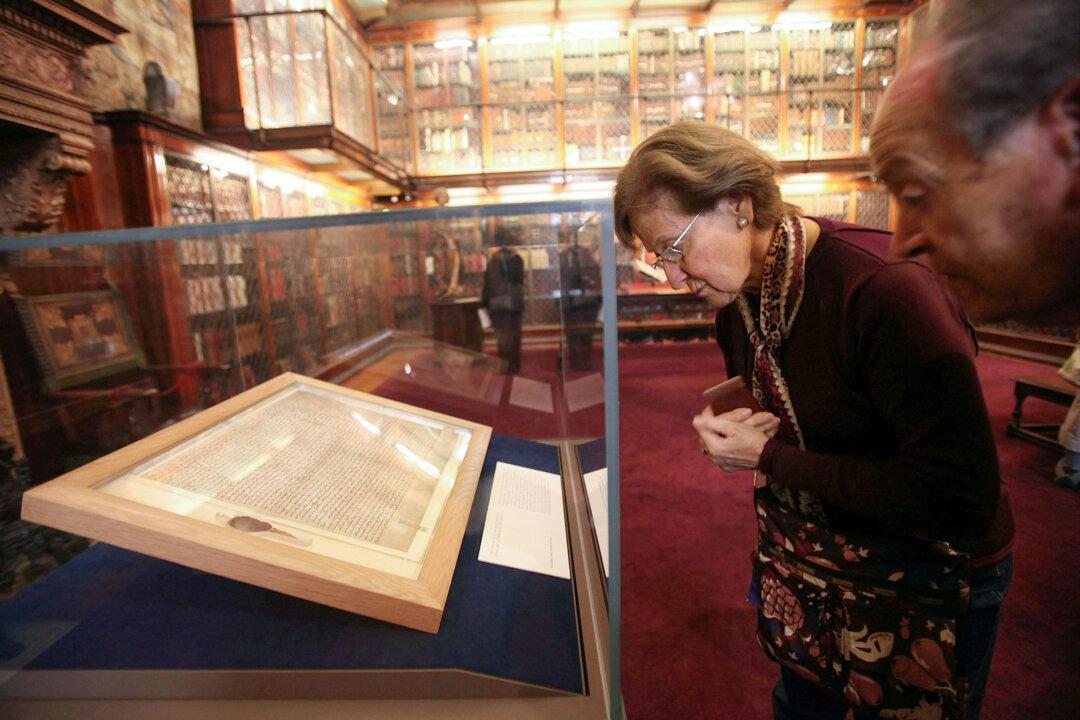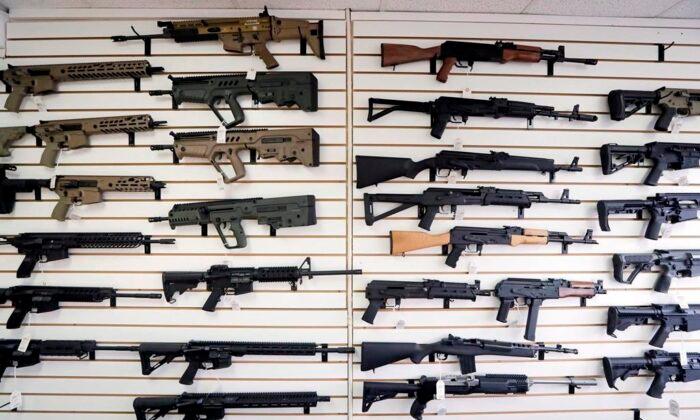It stretches credulity that Canadian duck hunters and sport shooters are somehow responsible for the current upswing in violent crime.
I managed to find a copy of the BATF report but not the Canadian National Firearms Tracing Centre report. Access was blocked by the Canadian government.
These claims are profoundly misleading. They fly in the face of convincing evidence that Canada’s licensed gun owners are exceptionally law-abiding. Legal guns are rarely used to commit crimes. Canada’s police chiefs have testified in Parliament that the bulk of the guns used in crime in Canada are smuggled. Statistics Canada data show that exceptionally few Possession and Acquisition Licence (PAL) holders are accused of murder. Even during the long-gun registry, few legally registered guns were used in gun crime—either directly or indirectly due to theft or straw purchases.
So what is the most likely domestic source for “crime guns?” Perhaps it is the pool of Canadians who failed to get a gun licence. To find out, we need to explain a few terms. They may not mean what you think.
What’s a “crime gun”? A “crime gun” does not necessarily mean a gun used in violent crime. The definition of “crime guns” includes “any firearm that is illegally acquired.” Thus “crime guns” include guns collected by the police for administrative violations, i.e., not legally owned. The phrase, “any firearm that is illegally acquired,” mixes smuggling and theft with lapsed permits.
By including illegal acquisition in “crime guns” the RCMP is allowed to gloss over important distinctions, such as “found guns” (i.e., firearms that were found and seized where no charges are pending) and guns actually used to commit crimes. These are dramatically different violations and equates lifelong law-abiding Canadians with violent criminals. By mixing together paper crimes with violent crimes, the term blurs the distinction between administrative and violent crimes.
Few “crime guns” are traced. Only a fraction of guns involved in crime are recovered, and only some of them submitted for tracing, with only a small fraction of traces being successful. According to RCMP records, about two-thirds (69 percent) of crime guns are submitted for testing in Western Canada in a typical year, and under one-third (29 percent) of those were successfully traced.
In 2020, Statistics Canada reported that only 39 percent of guns used in homicide were recovered, with 69 percent sent for tracing. Most (60 percent) of the traces were unsuccessful; thus, tracing results were based on only 11 percent of guns used in homicide. Unsurprisingly, guns involved in domestic disputes are much easier to recover and trace than guns involved in gang-related crimes.
The plot thickens. “Domestically sourced” does not mean that the firearm is (or was) in the hands of a legal owner. The police use this term to describe firearms that were manufactured in or legally imported into Canada. But the number of domestically sourced firearms has been exaggerated by an overly inclusive definition of “firearm” which includes non-firearms, such as air guns, replicas, starter pistols, and paintball guns, as well as any firearm with no serial numbers, and older firearms.
According to an analysis by the Toronto Police Service, almost one-third (30 percent) of the “crime guns” collected from 2007 through 2017 were not actual firearms but air guns and the like.
This is supported by a report by the RCMP National Weapons Enforcement Support Team (NWEST) that I was able to see thanks to an access to information request. It states the bulk of “crime guns” in Western Canada were non-restricted long guns.
According to Angus Reid surveys, there are at least 2 million Canadians who possess guns without a PAL. They are criminals because they violated administrative law. Some are principled “libertarians” who refuse to comply with a law they see as unjust, while others are scofflaws, people who ignore the law either through ignorance or disrespect. They are criminals, if not violent.
If any of these “peaceful unlicensed owners” come into contact with the police for any reason, their firearms are confiscated even if no charges are involved. Yet in police lingo, these are “domestically sourced crime guns.”







